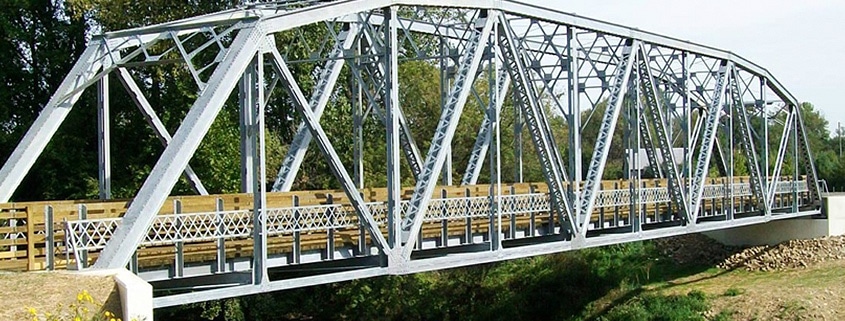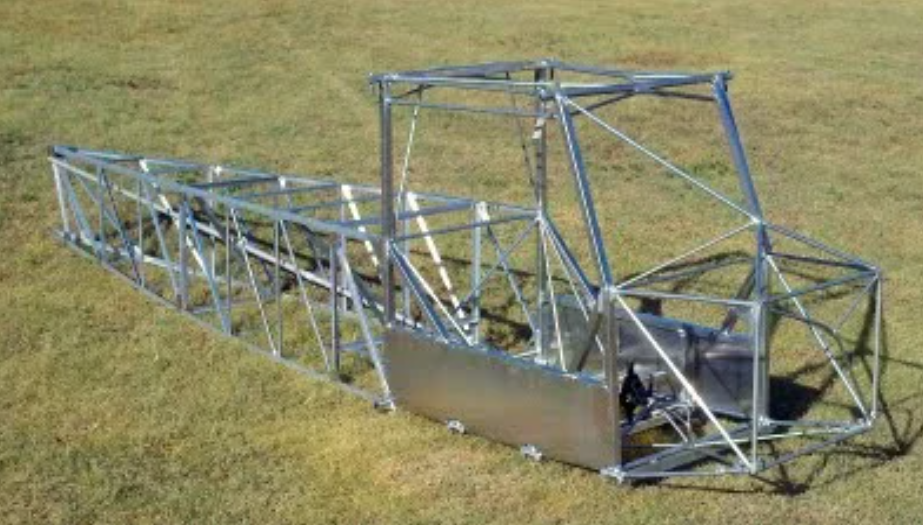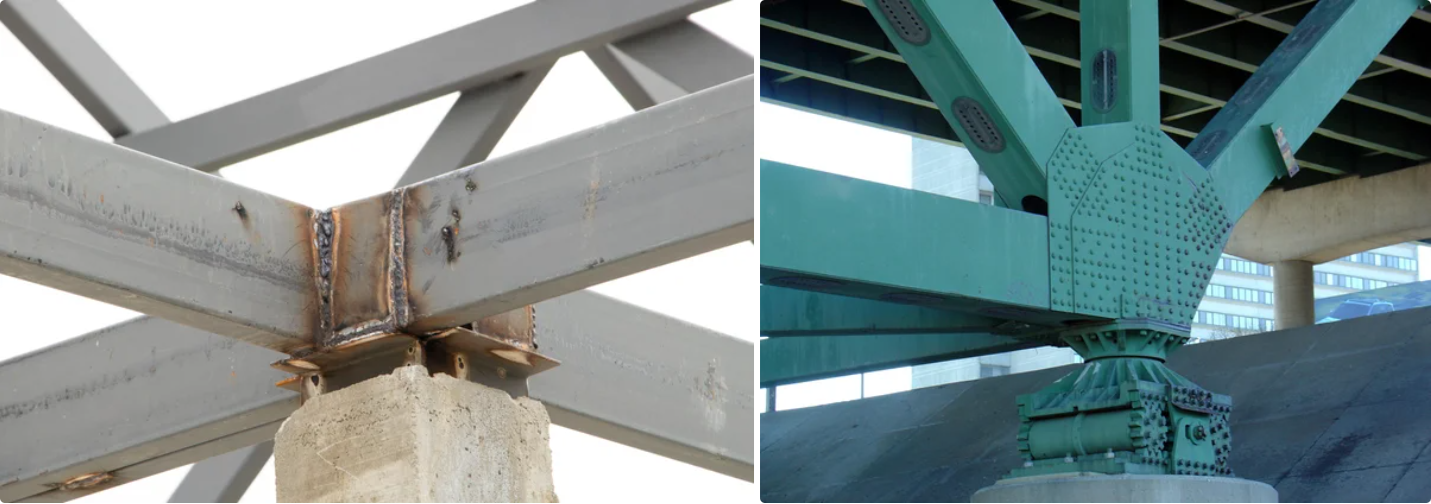Introduction
A truss is a structural framework composed of straight members (bars) connected at their ends to form a stable shape. These frameworks are widely used in engineering and construction for their efficiency in carrying loads, particularly in bridges, roofs, towers, and buildings.
Key characteristics of trusses include:
• Lightweight structures capable of spanning large distances.
• Distribution of loads through axial forces (tension or compression) in the members.
• Efficient use of materials to maximize strength-to-weight ratio.


MMaterials Used for Truss Elements
The choice of materials for truss elements depends on factors like strength, weight, cost, and environmental conditions. Common materials include:
Steel
• High strength and durability.
• Suitable for heavy loads and long spans.
• Corrosion-resistant coatings can be applied for outdoor use.
• Commonly used in bridges, high-rise buildings, and industrial structures.
Aluminum
• Lightweight and corrosion-resistant.
• Often used in aircraft, spacecraft, and lightweight structures.
• Lower strength compared to steel but easier to handle and install.

Timber
• Cost-effective and renewable.
• Used in residential and architectural structures.
• Requires treatment to prevent decay and insect damage.
Concrete
Often used in combination with steel reinforcement (reinforced concrete trusses).
Suitable for permanent and robust structures like bridges and large roofs.
Composite Materials:
Advanced materials like carbon fiber-reinforced polymers (CFRP) offer high strength-to-weight ratios.
Used in aerospace, marine, and specialized engineering applications
Types of truss member sections
Stability of the Truss
For a truss to be stable, it must satisfy the following conditions:
• Geometric Stability:
The truss must form a rigid structure, usually by incorporating triangles. Triangles are inherently stable shapes because their angles and sides cannot change without altering the length of one of their members.
• Static Equilibrium:
The truss must satisfy the equilibrium equations for forces and moments:
Connecting Truss Bars
Truss bars are connected at joints to ensure proper force transfer:
• Welding: Permanent and rigid connection.
• Bolting: Allows for disassembly and flexibility in construction.
• Gusset Plates: Used to join multiple members at a single joint.

Proper alignment and fabrication are critical to ensure the truss functions as designed.
Pin joins
Pin Joints: Most trusses assume pin joints, where members are free to rotate relative to each other. This ensures that the forces in the members are axial (tension or compression).
Applications of Trusses
Trusses are used in a variety of applications due to their strength and material efficiency:
Bridges Trusses like the Pratt, Warren, and Howe types provide support for heavy loads.
Buildings Roof trusses and floor systems ensure load distribution and stability.
Towers Communication towers and pylons.
Aircraft and Vehicles Lightweight and strong frameworks for fuselages and chassis.
Cranes and Shelters Portable and rigid structures for industrial and temporary uses.
References
https://steelconstruction.info/Trusses